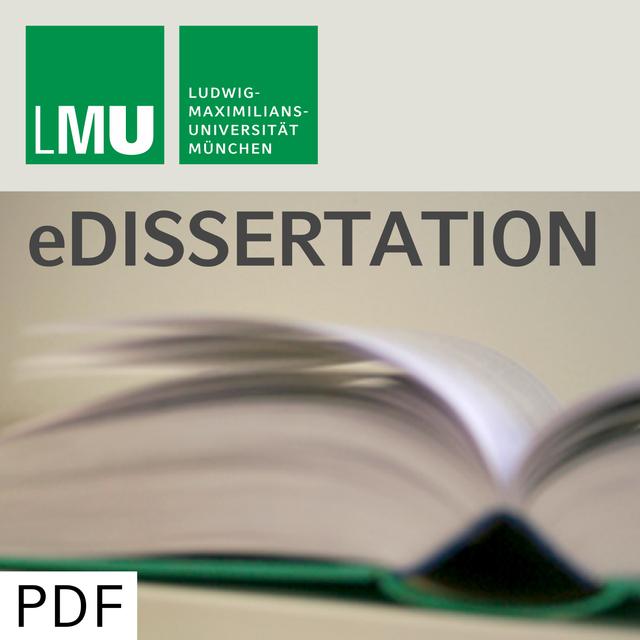
Retrospektive Untersuchung zur Aussagekraft verschiedener Parameter im Hinblick auf den Grad der Dehydratation bei Kälbern mit Durchfall
Jul 18, 20030
Episode description
In the present study the data of 156 calves of different breeds, aged two to twelve weeks, with neonatal diarrhoea were evaluated retrospectively. The calves were in-patients in the II. Medizinischen Tierklinik of the LMU München in 1997 and 1999, where the necessary data were collected.
The aim of this study was to find out, how certain easily obtainable findings change with the severity of the disease. This was conducted with the results of the macroscopic (colour, grade of cloudiness and pollution) and physical (specific gravity)urine examination, the serum- and urine-concentrations of creatinine (SCr and UCr), urea (SHst and UHst) and sodium and the parameters Ucr / Scr, UHst / SHst and EFNa. Factors that may lead to deviation of the results during sampling were additionally considered.
It was revealed that especially the specific gravity and the colour of the urine sample are suitable for the confirmation of the clinically diagnosed degree of dehydration.
The specific gravity increased from x = 1022.2 in non-dehydrated patients to x = 1029.3 in patients with severe dehydration. The colour of the urine sample, assessed macroscopically and subjectively, was stated to be darker with an increasing grade of dehydration. The quotient Ucr / Scr does not support the estimation of the grade of dehydration.
Accompanied by an increasing dehydration serum concentrations of creatinine and urea and urine concentration of creatinine increased. The urine concentration of creatinine correlated to the specific gravity (r = 0.73) and significantly rose in samples of darker colour.
The proportion of animals with an eliminated fraction of sodium (EFNa ) greater than 1% among patients with urine of light colour was remarkable. This corresponds to the findings that also an Ucr / Scr -quotient below 37 was frequently found in calves with urine of light colour. Both indicates a restricted renal function caused by impairment of the tubular reabsorption of sodium or glomerular filtration, respectively.
To evaluate influences on the results of urine examination, that play a part during sampling, factors as spontaneous or provoked collection of urine, sex and grade of the samples´ cloudiness and pollution were taken into account. None of these lead to a distinct change of findings.
The results of this study show the possibilities of an extended diagnosis of
dehydration grade in calves with neonatal diarrhoea. An eventual damage of renal parenchyma may be suspected considering the Ucr / Scr –quotient and the EFNa . This might be important for the patient’s prognosis. The deviation of the findings of urine examination by factors of sampling is supposed to be of lesser importance for diagnosis.
For the best experience, listen in Metacast app for iOS or Android
Open in Metacast